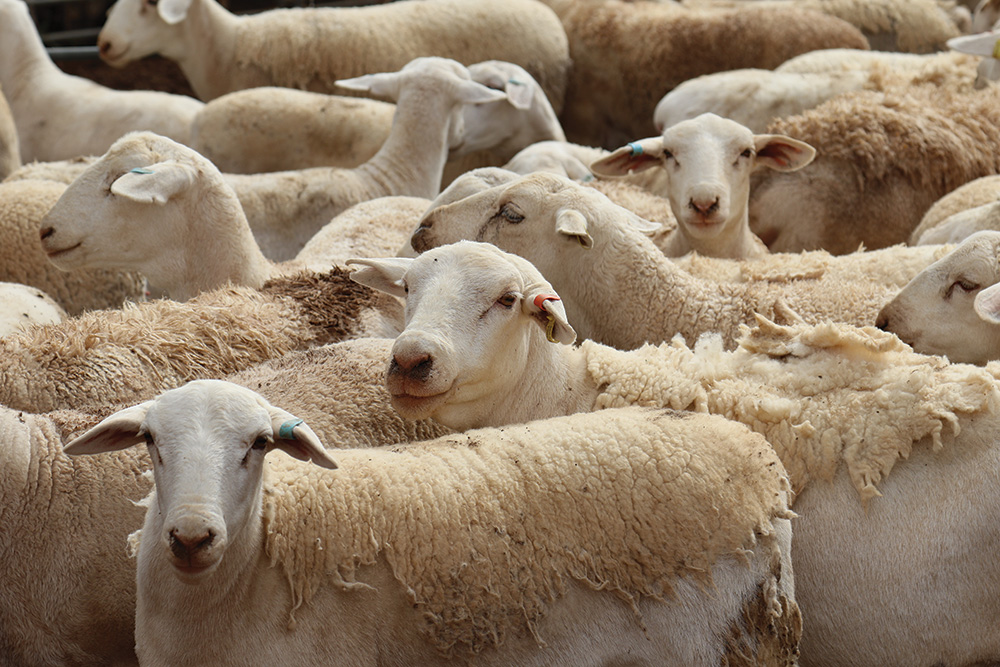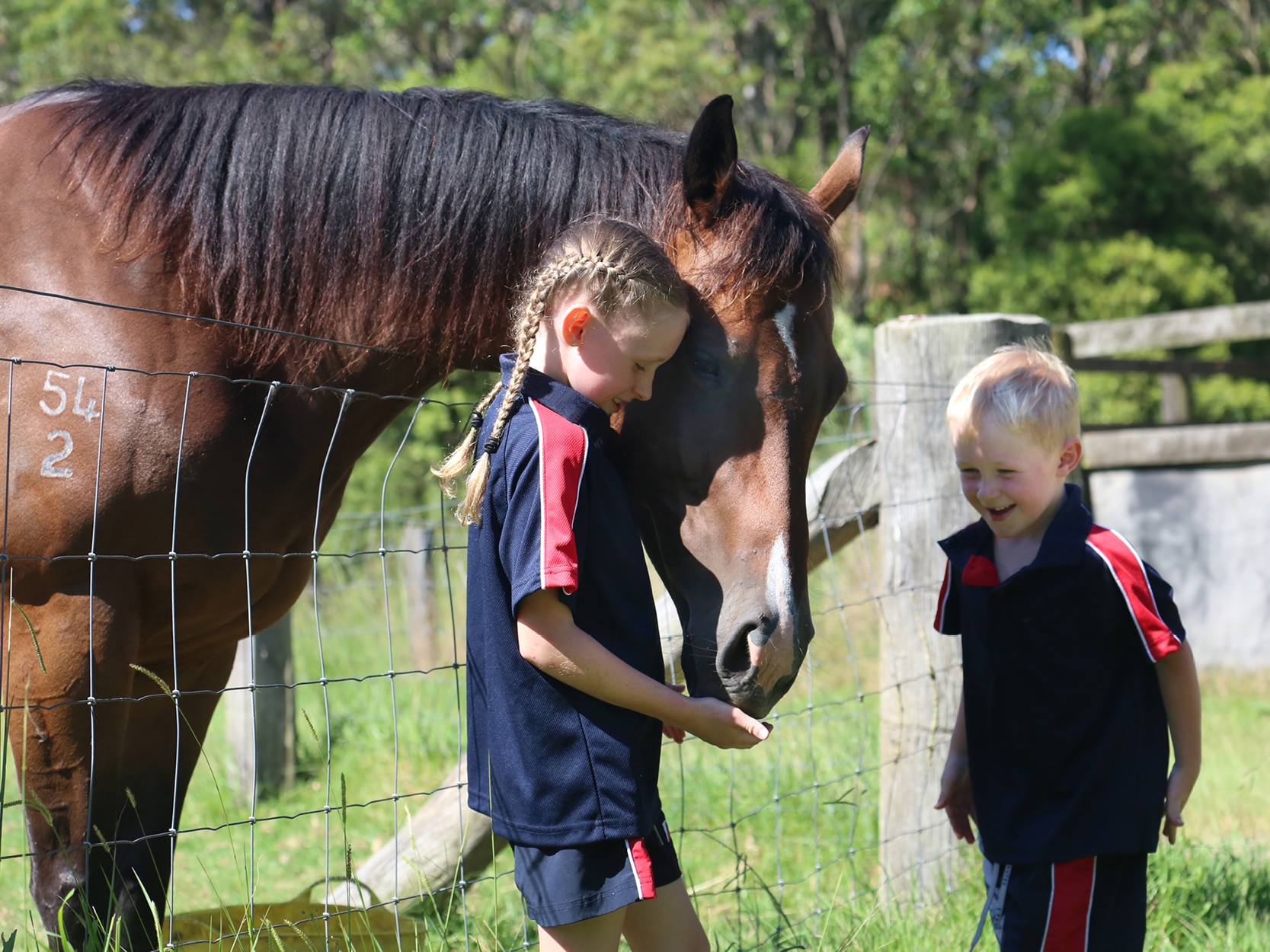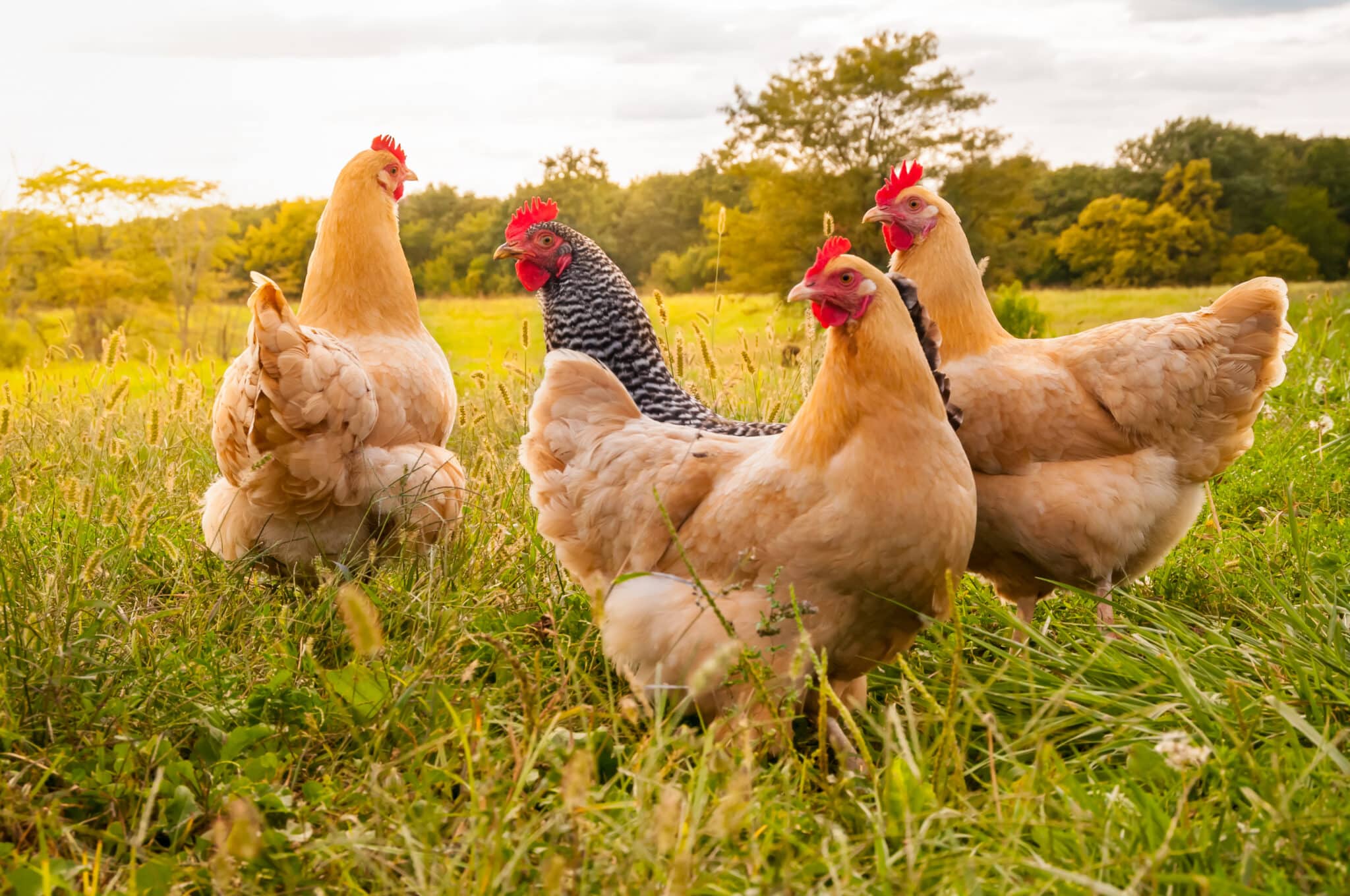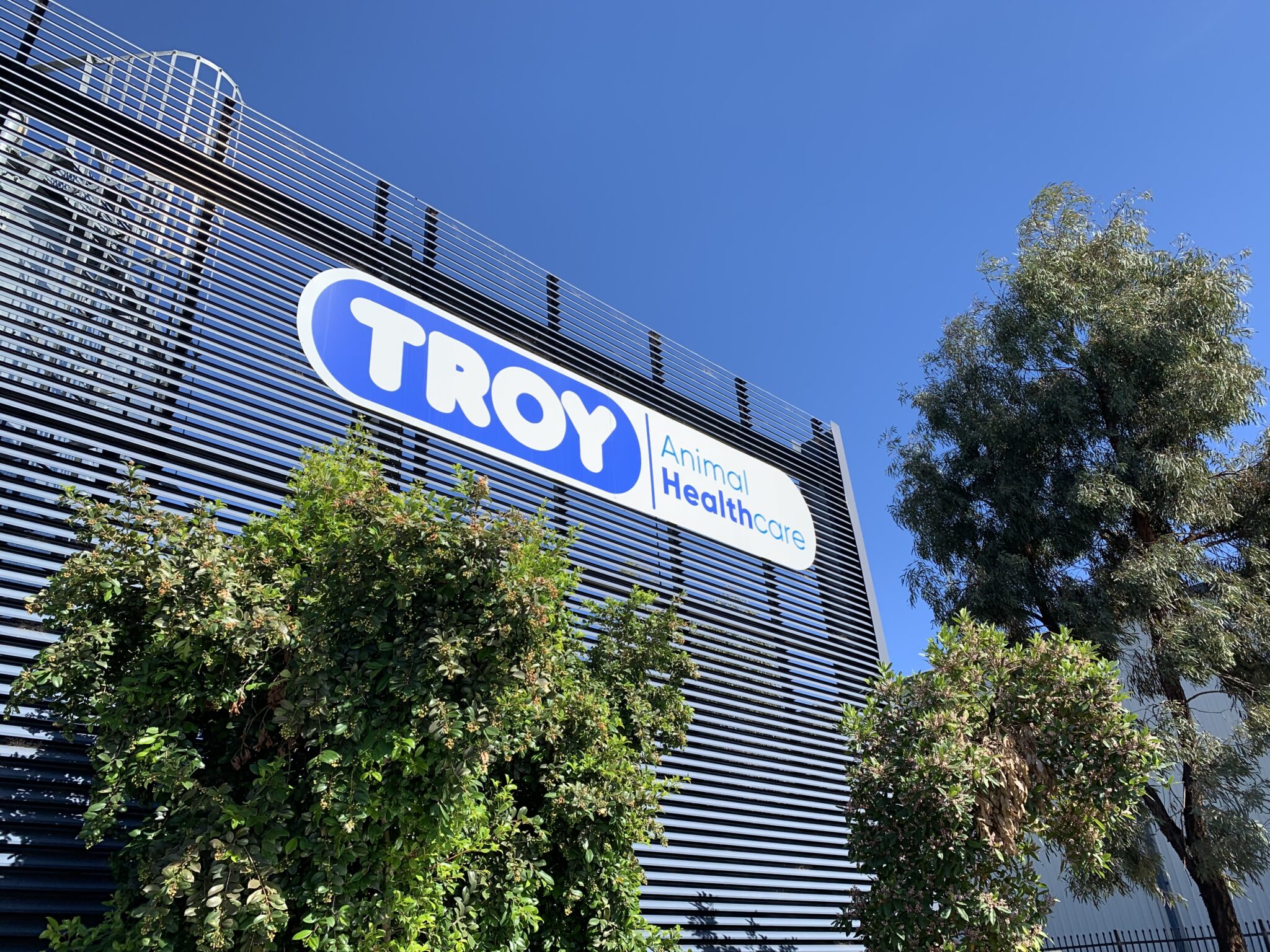Feeding grain to livestock continues to grow in popularity – whether in a lot feeding, or supplementary capacity.
The potential for value adding grain through sheep is currently much more profitable than selling a tonne of grain. However, to ensure maximum profitability and return on investment, certain considerations need to be made – maximising feed conversion efficiency, optimal health and welfare, and correct management.
Feed Conversion Efficiency (FCE), the rate at which feed is converted to yield, is the key driver of profitability in any grain-based feeding system. Improving livestock’s FCE is a surefire method to increase productivity, adding value to the bottom line.
Enhanced feed conversion reduces cost of production through lower feed consumption, and increases profit.
In feedlots, with correct management techniques, ration and supplementation, sheep have the genetic potential to convert 3:1. For example, in numbers, in an average feedlot system vs efficient feedlot system:
[table]| AVERAGE FEED CONVERSION | ENHANCED FEED CONVERSION |
|---|---|
| 7kg feed : 1kg liveweight gain Based on a ration per tonne cost of $400 (or $0.40/kg) 7 x $0.40* = $2.80 |
3kg feed : 1kg liveweight gain Increase input cost by 50% (never this much but for demonstrative purposes) 3 x $0.60* = $1.80 |
| Cost of Gain/kg = $2.80 | Cost of Gain/kg = $1.80 |
The merits of grain feeding are not just limited to feedlots. Livestock, whether grazing green or dry feed, can gain significant production benefits from a supplementary grain program. On the surface, green and some dry feeds appear to contain reasonable quantities of both energy and protein. However, there can be inherent problems in nutritional balance. If not properly understood and carefully managed, this can result in a reduction in Feed Conversion Efficiency and a significant wastage of feed. This is caused by imbalances in carbohydrate and protein, for which rumen microbes have specific requirements, resulting in unstable and impaired rumen function.
To combat this imbalance, providing livestock with a source of starch is an effective method of combating the negative effects of grazing inadequate feedstuffs.
Supplementing stock with high starch grains (such as barley or wheat) allows for enhanced rumen fermentation, resulting in improved FCE and maximised productivity. Pastures/crops are utilised more effectively, and energy is efficiently converted to meat, milk, wool or progeny. It is important to note that these grains need to be managed correctly with advanced buffer concentrates to ensure the highest possible return and safety of feeding. This is simply done by adding a specialised concentrate/pellet to the grain.
Animal health is paramount to profitability. Incorporating a complete health and welfare program is essential to optimal efficiency in grain feeding. Livestock must be up to date on all vaccinations (clostridial, disease prevention, vitamin etc.), drench programs, and husbandry practices – this ensures animals have no challenge on their immunity and health. Also ensuring animals are provided with clean water, and a high standard of paddock or pen conditions is non-negotiable.
Incorporating efficient grain feeding into your enterprise, where possible, is a sustainable and profitable venture!







